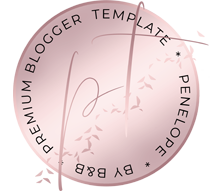For the beginner amigurumi crocheters out there... do you struggle with choosing a hook size for your project? What about with loose stitches, which leads to gaps in-between stitches with stuffing visible to the eye?
Those are some pretty common problems for beginners, so I thought I'd share some tips and guidance for choosing the right hook size for your project.
Here are some general tips. If you'd like to watch and listen to this content, feel free to check out my video!
1. Your goal: tight stitches with no gaps!
You'll know you have the right hook size with your yarn when you're able to crochet with tight stitches! That means there are no gaps between your stitches, even when you stuff your amigurumi. That's because you don't want your amigurumi to look like it has holes, or for the stuffing within to appear visible.
If you look at the Swaddle Babies (free pattern) below, you'll notice that the stitches are tight together so that the stuffing doesn't show through. For reference, I used medium weight yarn and a 2.75mm hook for this project.
2. Do NOT use the recommended hook on the yarn label!
The recommended hook size on yarn labels is generally for non-amigurumi crochet projects, like clothing, scarves, and blankets. What's recommended will be MUCH larger than what you need to make stuffed toys with!
For instance, here's my Meadow Cardigan Dress (free pattern) made with a 4.5mm hook and light weight #3 yarn (Cotton Bamboo yarn). It's quite hole-y! You won't be able to use the same hook on this yarn for making amigurumi because you'll definitely have big gaps between your stitches.
3. Hook size is dependent on yarn weight
The thicker your yarn, the larger the hook you will use. This will create a larger amigurumi. Conversely, the thinner your yarn, the smaller the hook you will use. This will create a smaller amigurumi. As an example, I tend to use a 2.25mm hook with a light weight (#3) yarn. I tend to use a larger hook, such as 5mm or 6mm, with super bulky (#6) yarn.
Keep in mind that yarn can vary within their own weight categories too. For example, medium weight (#4) yarn is not created equal... some are on the thinner side (such as Caron Simply Soft yarn), and others are on the thicker side (such as Big Twist yarn).
With the same pattern, you can create different sizes of the project just based on the hook size and yarn weight you use! Here's an example, featuring the Octobuddy (free pattern).
On the left, the pink Octobuddy was crocheted using a 3.25mm hook and bulky weight #5 yarn (Bernat Velvet yarn). On the right, the white and pink-speckled Octobuddy was made using a 2.25mm hook and light weight #3 yarn (Lion Brand Ice Cream yarn).
4. Everyone crochets with different tension
Some people crochet quite tightly, and others crochet on the loose side. For that reason, the idea that "one hook size fits all" does not work. For instance, I crochet amigurumi with average tension and I use a 2.75mm hook with worsted weight yarn. However, someone who crochets very tightly may need to use a larger hook size (such as 3.5mm hook) with worsted weight yarn. Someone who crochets very loosely may need to use a smaller hook size (such as a 2.25mm hook) with worsted weight yarn.
5. Reference Chart
Please keep in mind that one hook size does NOT fit all as you use this reference chart. If you have a loose or tight tension, you will need to adjust accordingly with either a slightly smaller or larger hook.
Below is simply what I tend to use, as is meant to serve as a guideline.
As an example, you can see that my collection of little Octobuddies (free pattern) look very different in size based on the yarn weight and hook size used.
Once again, using different yarn weights and hook sizes is a great trick for creating either a larger or smaller amigurumi using the same pattern. You can easily miniaturize (or jumbo-size) what you'd like.
If you'd like to check out my video on the subject of hook sizes, you can see it below~
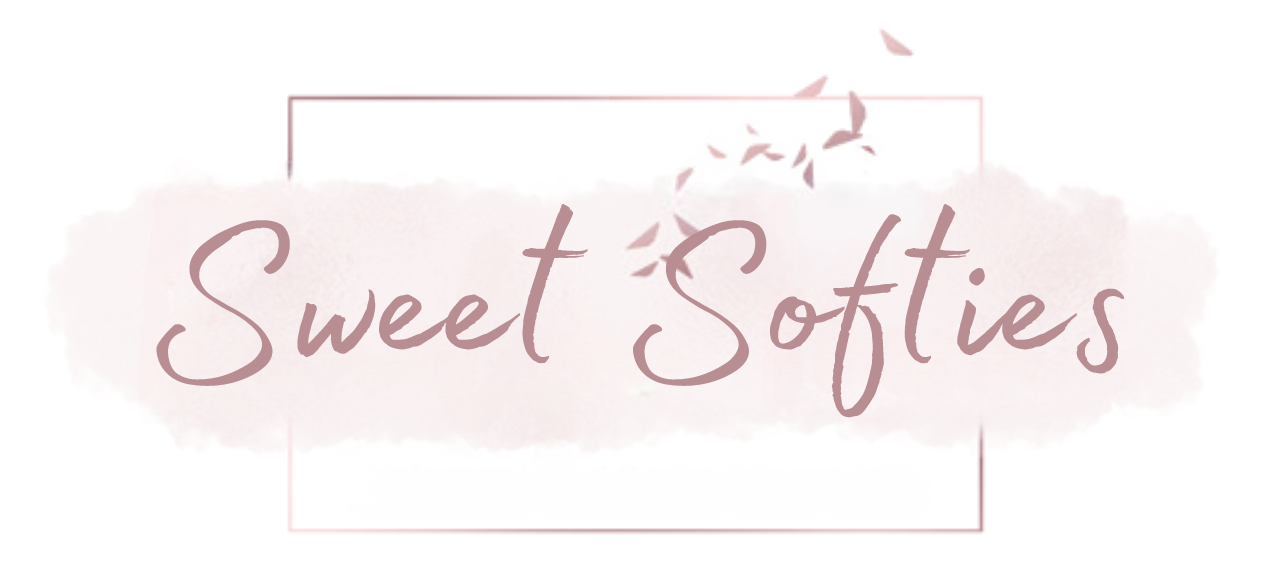

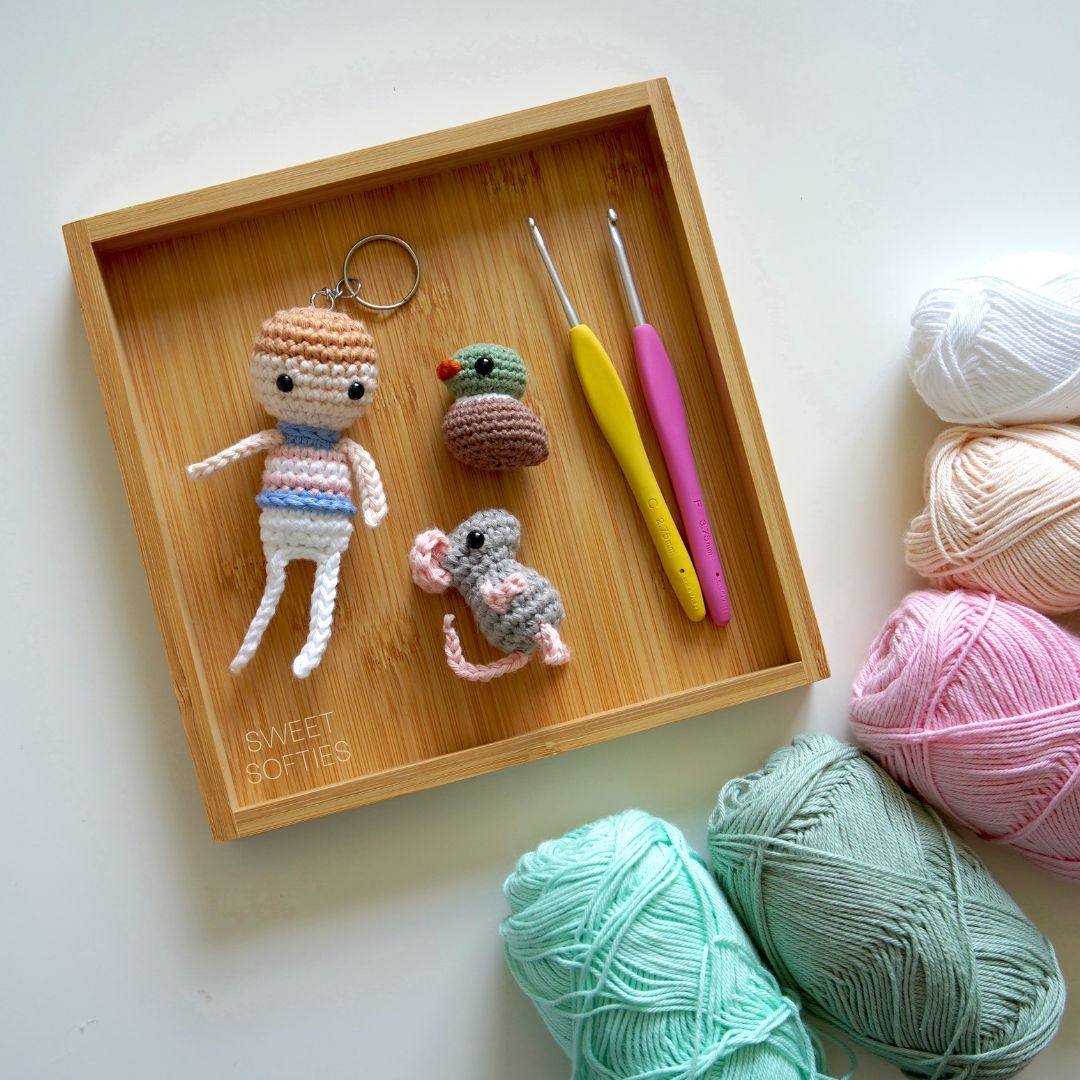
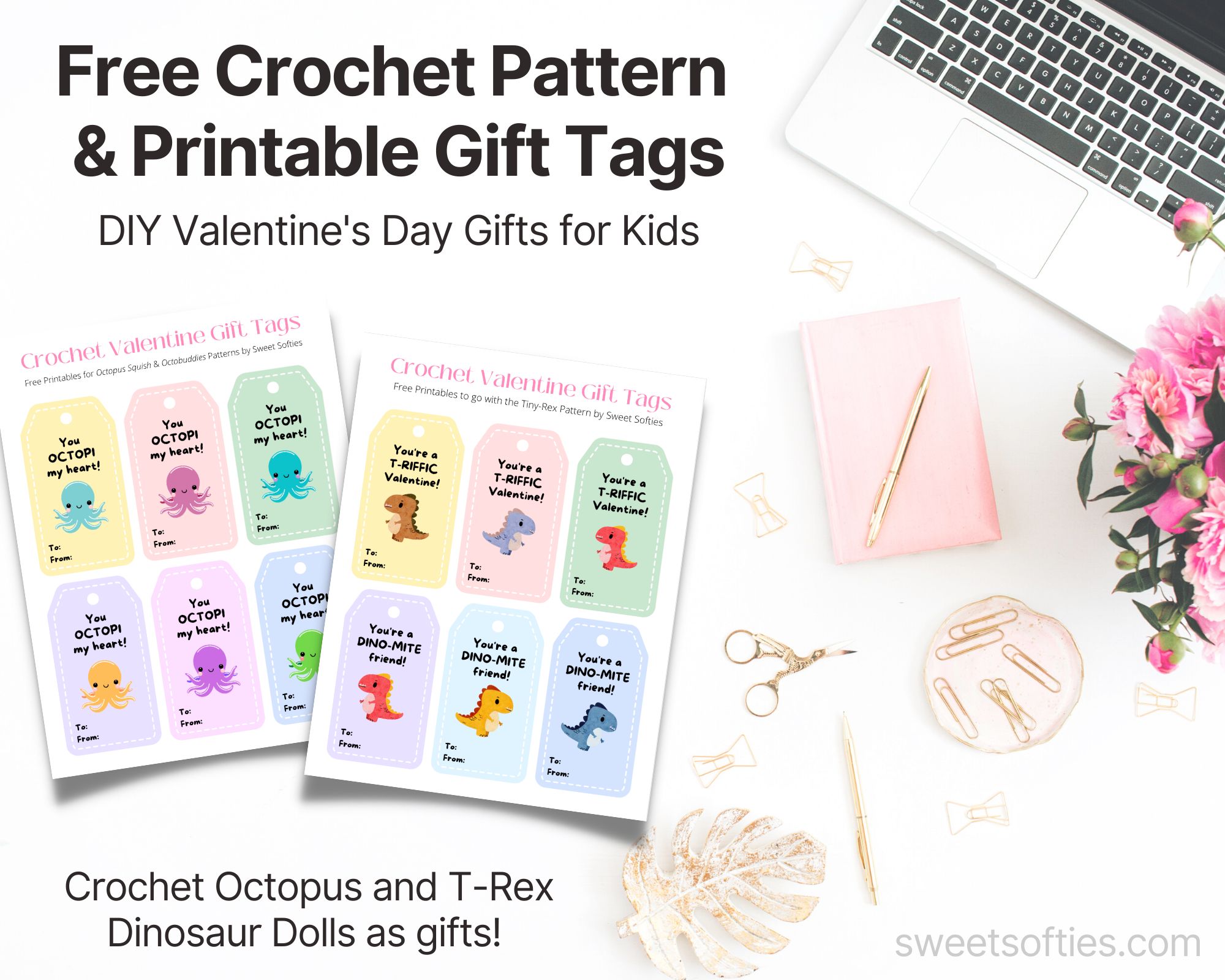





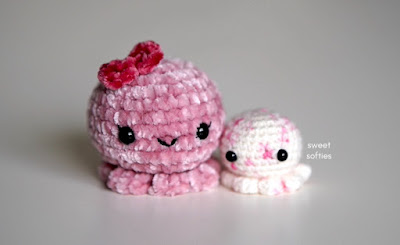

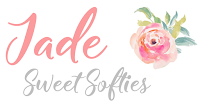
.jpg)

.jpg)


